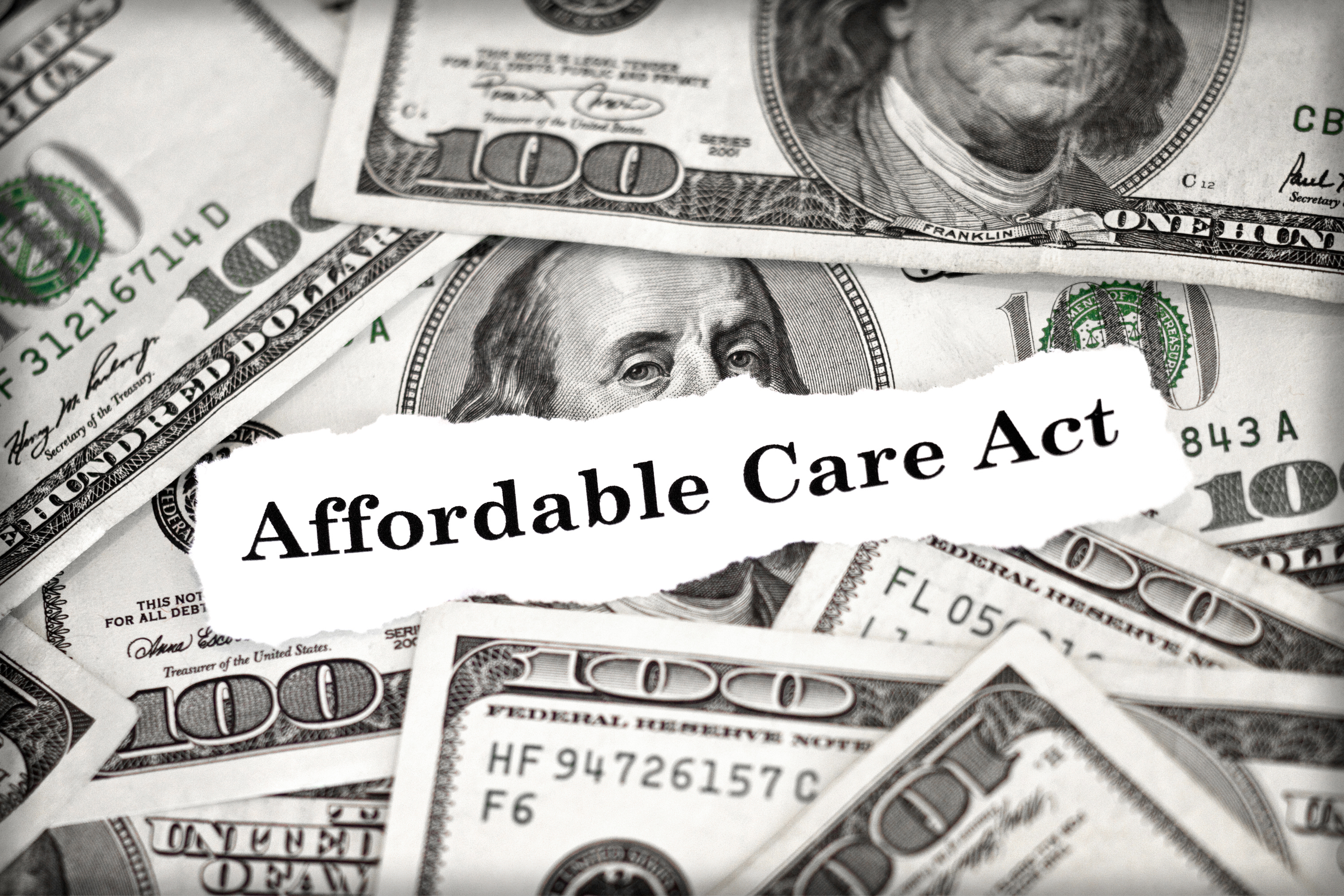
If you are not yet on Medicare and use a drug manufacturer’s discount coupon or co-pay assistance card to save money on medicine, check your health plan before you fill your next prescription. Otherwise, you could be in for an unpleasant surprise at the pharmacy counter. You might be subject to a co-pay accumulator program, which is a new restriction that prevents your discount card or coupon from counting toward your deductible.
Some experts say co-pay accumulators drive down drug prices as patients seek cheaper drugs. But the programs also add complexity for people who are ill and dealing with health issues, says Dan Klein, president of the Patient Access Network Foundation, which provides charitable co-pay help.
Co-pay accumulator programs began appearing in 2016 in employer-provided private health plans and in Affordable Care Act marketplace plans. The programs change the way your out-of-pocket costs are calculated if you use a manufacturer’s discount card or coupon to reduce your prescription costs.
From just $107.88 $24.99 for Kiplinger Personal Finance
Become a smarter, better informed investor. Subscribe from just $107.88 $24.99, plus get up to 4 Special Issues

Sign up for Kiplinger’s Free Newsletters
Profit and prosper with the best of expert advice on investing, taxes, retirement, personal finance and more - straight to your e-mail.
Profit and prosper with the best of expert advice - straight to your e-mail.
Patients can download discount coupons or cards from a drug company’s website or get them from their doctors. You use them with your insurance; in some cases, you pay as little as $5 or $10 for your medication. But the total cost for the medicine counts toward your deductible, substantially lowering your out-of-pocket costs for future refills.
If a plan has a co-pay accumulator adjustment program, you still can use a co-pay assistance card or coupon. But the drug’s full cost won’t count against your deductible. And most assistance cards have a dollar limit on how much they will pay. After that, you still have to pay your full deductible before your plan’s cost-sharing kicks in, says Anna Hyde, vice president of advocacy and access at the Arthritis Foundation.
Let’s say your health plan has a $4,000 deductible and your arthritis drug costs $3,000 a month. At the start of the year, you use your co-pay assistance card at the pharmacy, which covers most of the cost of the drug, and you make your usual co-payment, Hyde says.
But within three months, you reach the limit on your co-pay assistance. When you pick up your medicine in April, you owe $3,000—the drug’s full cost. Without the accumulator, you would have already met your deductible while using the discount card. When the assistance ran out, you’d only pay your plan’s cost-sharing for your drug—sometimes as low as 5%. With the co-pay accumulator, you owe the full deductible, which can be thousands of dollars.
About 30% of large employers have a co-pay accumulator program now, according to a survey by the National Business Group on Health.
Drug Cost Assistance on Rise
Co-pay assistance from manufacturers or from co-pay charitable foundations has become more popular in recent years, as more people are living with chronic conditions such as cancer or Parkinson’s, which require the regular use of costly drugs, and as high-deductible insurance plans have become more common. About 43% of workers with private coverage had a high-deductible plan in 2017, government figures show.
But Medicare beneficiaries can’t use co-pay cards or other co-pay assistance with their insurance, so co-pay accumulator programs aren’t a concern after enrolling in Medicare. Medicare beneficiaries are permitted to get co-pay assistance from charitable organizations, such as the PAN Foundation, the HealthWell Foundation or the Patient Advocate Foundation. The charitable help applies to Part D’s out-of-pocket spending requirements to reach catastrophic coverage, under which beneficiaries pay only 5% of a drug’s cost.
If you are not yet on Medicare and are concerned your health plan may have a co-pay accumulator, call your provider directly or check your insurance plan documents, says Carla Dellaporta, director of education for NeedyMeds. The programs often aren’t listed on the summary of benefits page and may be labeled differently across plans.
Profit and prosper with the best of Kiplinger's advice on investing, taxes, retirement, personal finance and much more. Delivered daily. Enter your email in the box and click Sign Me Up.

-
 Stocks Extend Losing Streak After Fed Minutes: Stock Market Today
Stocks Extend Losing Streak After Fed Minutes: Stock Market TodayThe Santa Claus Rally is officially at risk after the S&P 500's third straight loss.
-
 What Bilt Cardholders Need to Know as Wells Fargo Exits the Program
What Bilt Cardholders Need to Know as Wells Fargo Exits the ProgramA major shake-up in the Bilt Rewards program could affect your credit card, rent rewards and points strategy heading into 2026.
-
 3 Major Changes to the Charitable Deduction in 2026
3 Major Changes to the Charitable Deduction in 2026Tax Breaks About 144 million Americans might qualify for the 2026 universal charity deduction, while high earners face new IRS limits. Here's what to know.
-
 9 Types of Insurance You Probably Don't Need
9 Types of Insurance You Probably Don't NeedFinancial Planning If you're paying for these types of insurance, you may be wasting your money. Here's what you need to know.
-
 Amazon Resale: Where Amazon Prime Returns Become Your Online Bargains
Amazon Resale: Where Amazon Prime Returns Become Your Online BargainsFeature Amazon Resale products may have some imperfections, but that often leads to wildly discounted prices.
-
 End of Expanded Premium Tax Credit Would Drive Uninsured Rates Higher
End of Expanded Premium Tax Credit Would Drive Uninsured Rates HigherTax Credits Millions of people could become uninsured if Congress fails to extend the enhanced premium tax credit.
-
 Over 162,000 Dreamers Cut Off From Affordable Care Act Insurance
Over 162,000 Dreamers Cut Off From Affordable Care Act InsuranceHealth Insurance A federal court in North Dakota has blocked ACA coverage for DACA recipients in 19 states. Here's what it means.
-
 2025 Open Enrollment: Some DACA Recipients Can Purchase Affordable Care Act Health Insurance
2025 Open Enrollment: Some DACA Recipients Can Purchase Affordable Care Act Health InsuranceOpen Enrollment Your eligibility to purchase health insurance from the federal marketplace may have changed. Here's what you need to know.
-
 457 Plan Contribution Limits for 2026
457 Plan Contribution Limits for 2026Retirement plans There are higher 457 plan contribution limits in 2026. That's good news for state and local government employees.
-
 Medicare Basics: 12 Things You Need to Know
Medicare Basics: 12 Things You Need to KnowMedicare There's Medicare Part A, Part B, Part D, Medigap plans, Medicare Advantage plans and so on. We sort out the confusion about signing up for Medicare — and much more.
-
 The Seven Worst Assets to Leave Your Kids or Grandkids
The Seven Worst Assets to Leave Your Kids or Grandkidsinheritance Leaving these assets to your loved ones may be more trouble than it’s worth. Here's how to avoid adding to their grief after you're gone.
